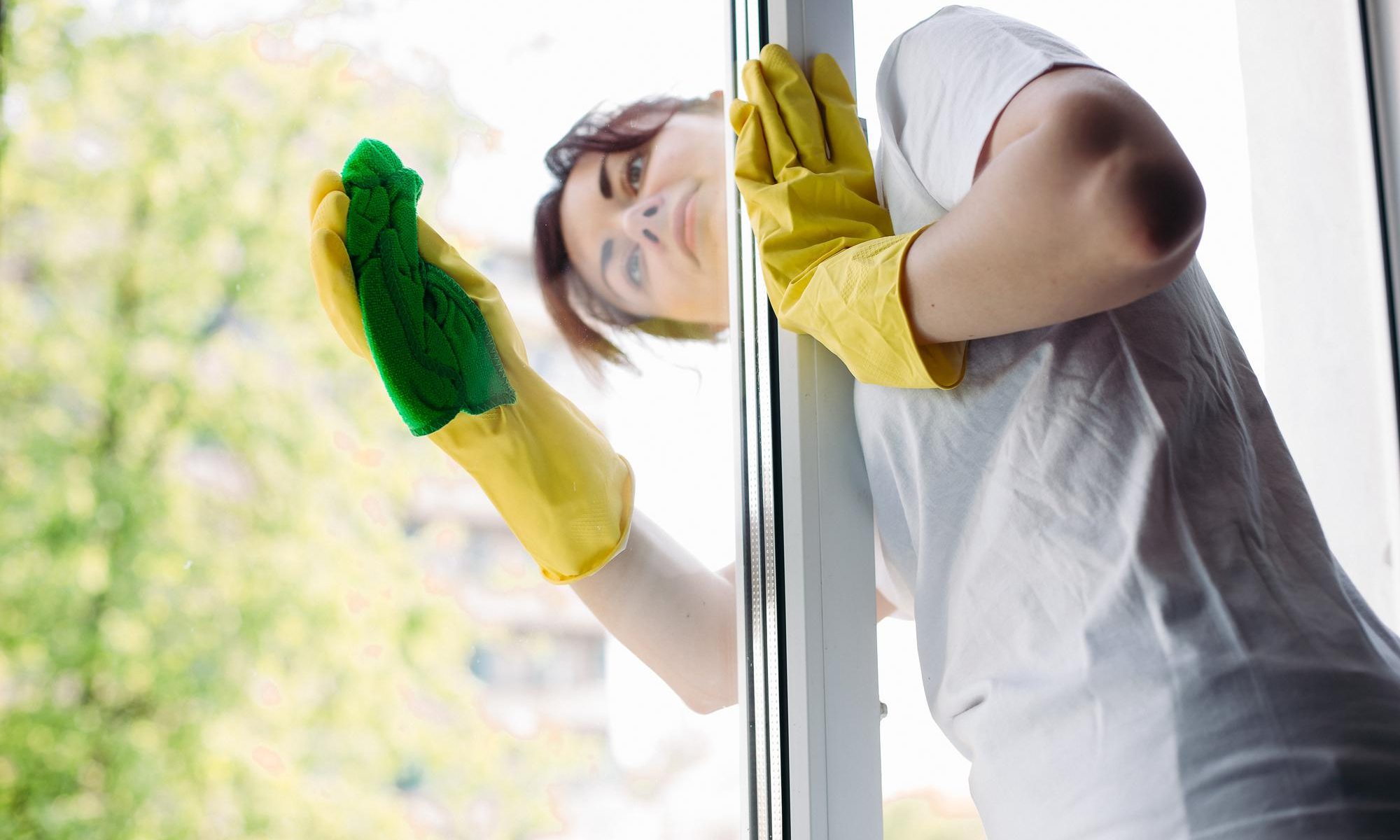Every tenant knows you’re supposed to leave a property clean and undamaged, but before you start scrubbing every nook and cranny, it can be useful to know exactly what you’re obligated to do.
Firstly, it’s important to know that cleaning a property at the end of the lease isn’t just something that’s nice to do for the incoming tenant, it’s about meeting your contractual obligations and it’s a legal requirement.
According to the Residential Tenancies Act 2010, tenants are obligated to leave the property in a reasonably clean condition and in the same condition as it was at the start of the tenancy, allowing for fair wear and tear (Section 52). Failure to meet these obligations may result in financial penalties or legal action.
However, it can be a common point of contention at the end of a lease. According to a survey by the NSW Fair Trading, cleaning issues are the most common reason for bond disputes between landlords and tenants. In fact, cleaning disputes make up about 56% of all bond disputes.
In addition to cleaning, tenants are also responsible for fixing any damage they caused during their tenancy. This includes both accidental and intentional damage, such as broken windows, damaged walls, or stained carpets. Failure to fix damages may result in deductions from the bond or legal action.
But how exactly do you know if your cleaning efforts will be up to scratch? In addition, particularly if you’ve been a long-term tenant, how do you remember what condition the property was in at the start of your lease?
What is a condition report?
At the beginning of your tenancy, the managing agent will inspect the property, write notes and take photos to prepare a condition report. This report documents the condition of the property, including any pre-existing damage, cleanliness, and any included appliances and fixtures. This report is attached to the lease, providing the opportunity for you to review and make comments or objections if you disagree with the report’s findings.
Importantly, the condition report serves as a reference point for the condition of the property when the lease began. When the tenant moves out, the agent will conduct the same inspection and prepare a Bond Report, which details the condition of the property whilst identifying any damage or cleaning issues.
How to save your bond at the end of a lease
Ideally, right after you move in, it’s recommended that you conduct your own inspection of the property and ensure any existing damage or maintenance issues are captured in the condition report. You then have 7 days to deliver your updated report to the agent. This can help avoid disputes at the end of the tenancy and ensure you are not held responsible for pre-existing damage. At the end of a tenancy, it’s also helpful to refer back to the condition report before you start cleaning, to give you a baseline of the condition of the property when you moved in.
Moving house can be hectic and stressful, and sometimes despite your best efforts, it can be easy to forget other essential elements, like making sure your payments on water usage are up to date.
To help you save your bond, we have developed an end-of-lease checklist, with a list of recommendations to help you avoid cleaning charges and unnecessary deductions. To download your free copy of the checklist, click here.
Remember, the landlord’s priority will be to get the next tenant into the property, so you can’t rely on being able to go back and clean it later if there’s an issue. This may be your only chance to clean the property yourself and ensure that you get your bond back in full.
Prudential Real Estate Campbelltown | (02) 4628 0033 | campbelltown@prudential.com.au
Prudential Real Estate Liverpool | (02) 9822 5999 | liverpool@prudential.com.au
Prudential Real Estate Macquarie Fields | (02) 9605 5333 | macquariefields@prudential.com.au
Prudential Real Estate Narellan | (02) 4624 4400 | narellan@prudential.com.au

